High Wycombe, Queen Victoria Road Looking South c.1955
Photo ref:
H84045


More about this scene
Other notable changes in town before the Second World War were the straightening of Marlow Hill in 1936, which involved demolishing buildings on the left side of the road south of St Mary's Street, and other traffic-related demolition, most notably of the Black Boy Inn in Church Street. Traffic on the London to Oxford Road was now becoming a serious problem, and the town got its first traffic lights in 1934 (at the Guildhall crossroads) and an urban speed limit in 1935. This was the harbinger of more to come, for highway considerations dominated town planning after the Second World War. Elsewhere there was much rebuilding. For example, the frontage to H Samuel in Church Street was rebuilt in 1929; also, various fake timber-framed buildings were added that towered over Frogmoor, such as Parker- Knoll's offices on the west side (now Toad at the Emporium) and the Palace Cinema, which incorporated 'Ye Olde Worlde Tea Lounge'. Frogmoor itself was stripped of its trees and paved over in the 1930s, although the ornate 1876 cast iron fountain survived until it was removed during the Second World War, allegedly for the war effort. However, the most dramatic changes in the town centre were in Queen Victoria Road and Crendon Street. To the west the clearance of much of Newlands relocated its population to council estates with clean running water, mains sewage and more bedrooms, not to mention gardens and indoor lavatories and baths.
Add to Album
You must be signed in to save to an album
Sign inShare This Photo
Buy a Print
Unframed, Mounted, Framed and Canvas prints in a range of sizes and styles.
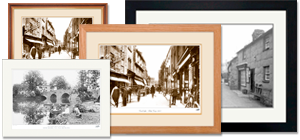
View Sizes & Prices
A Selection of Memories from High Wycombe
For many years now, we've been inviting visitors to our website to add their own memories to share their experiences of life as it was, prompted by the photographs in our archive. Here are some from High Wycombe
Sparked a Memory for you?
If this has sparked a memory, why not share it here?

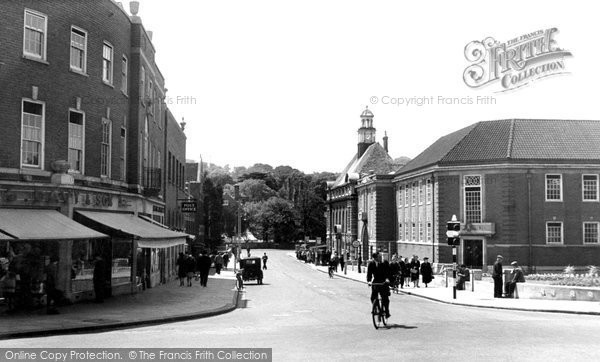
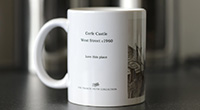
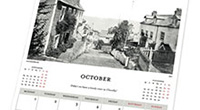
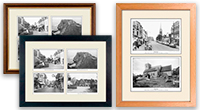
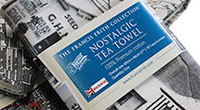

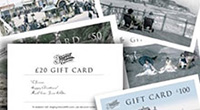
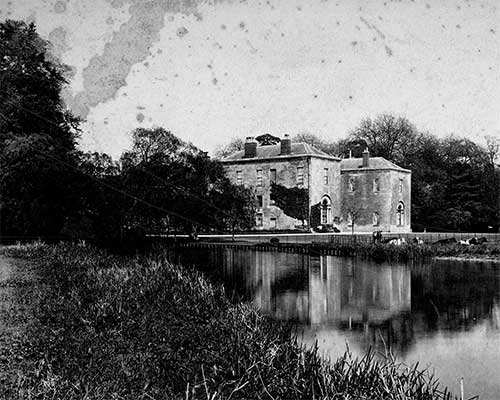 Before
Before
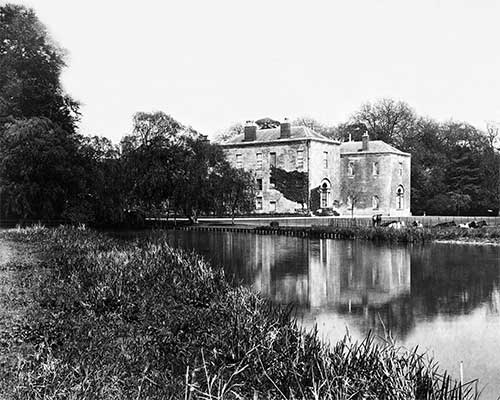 After
After